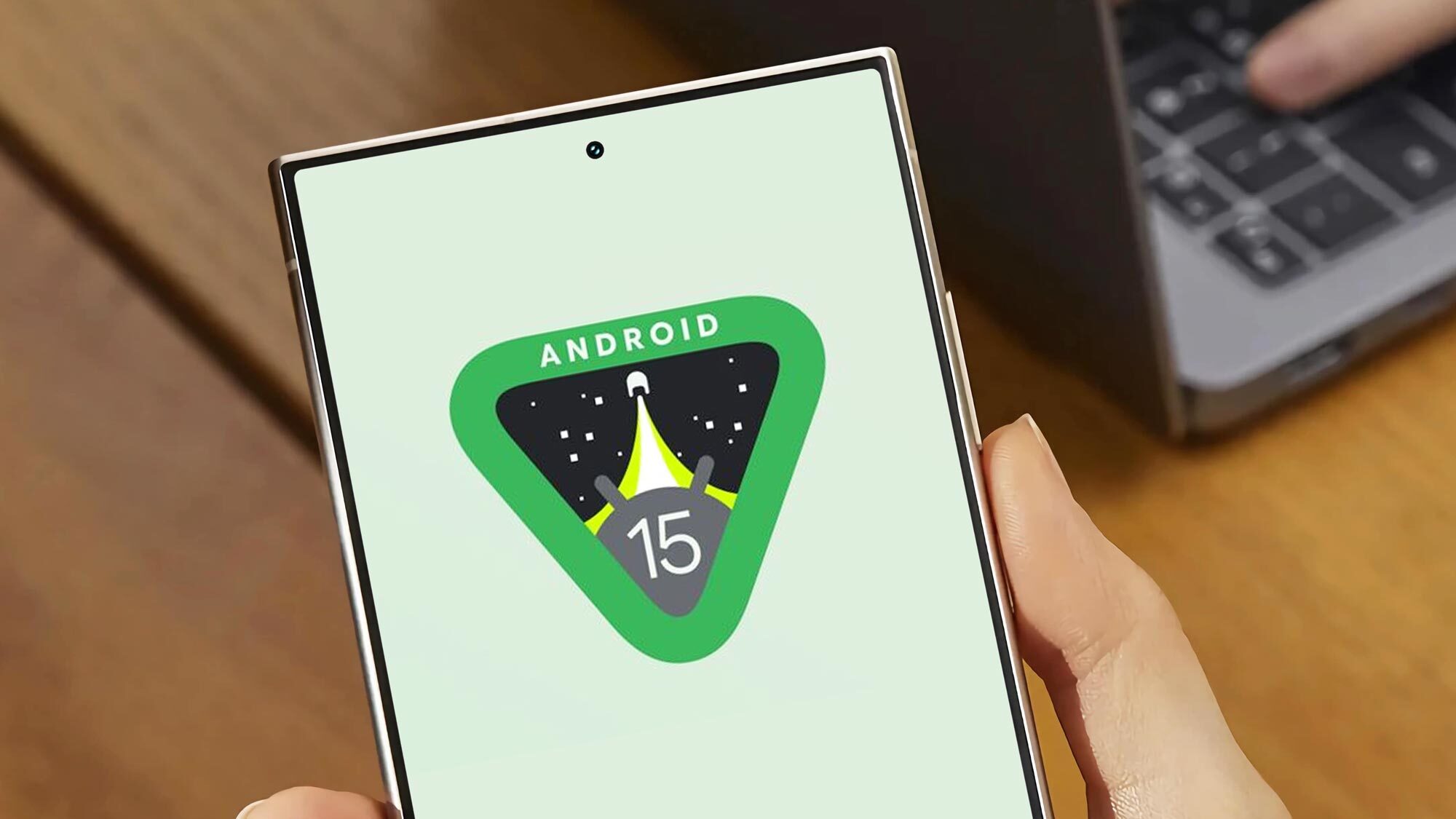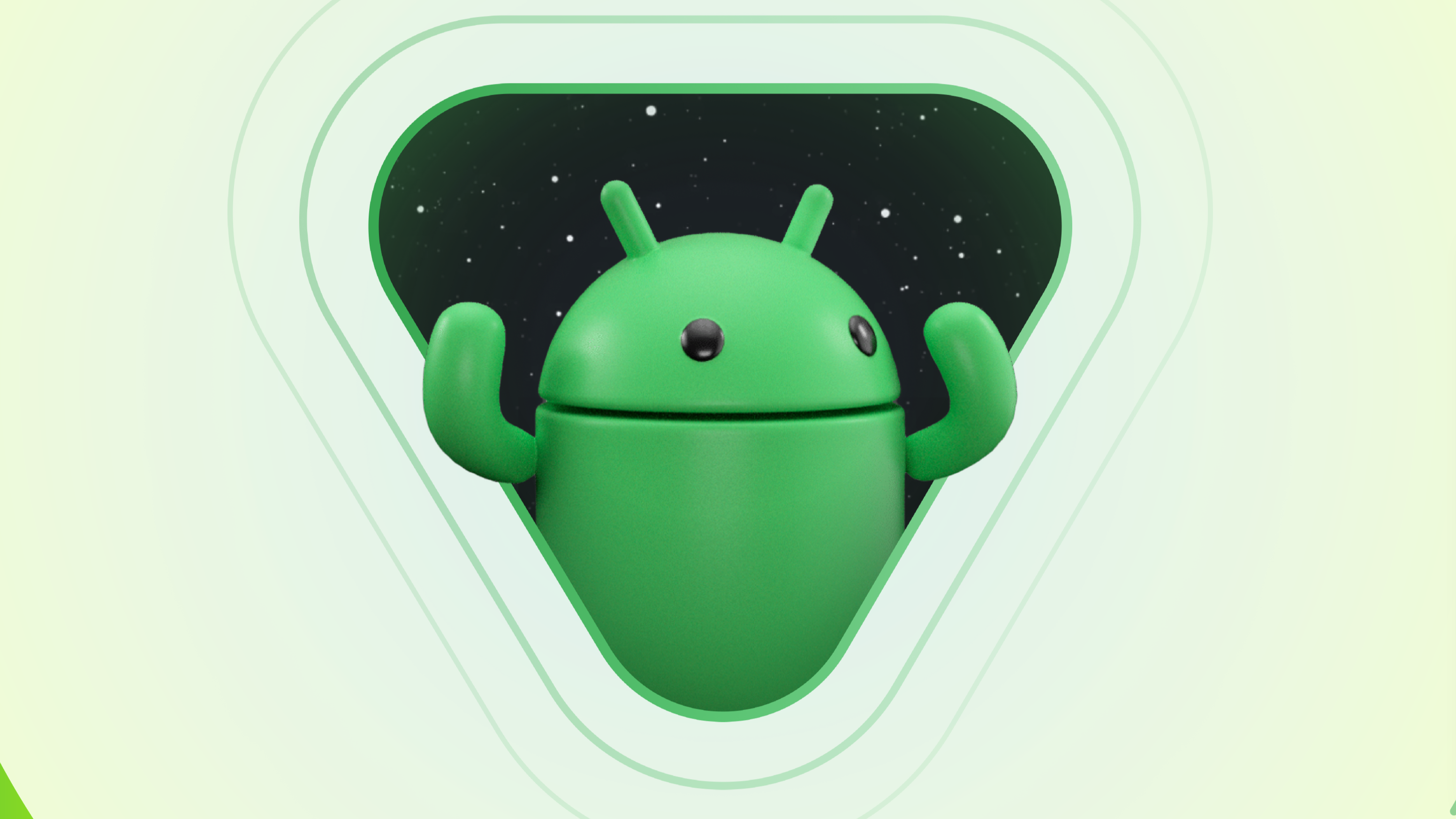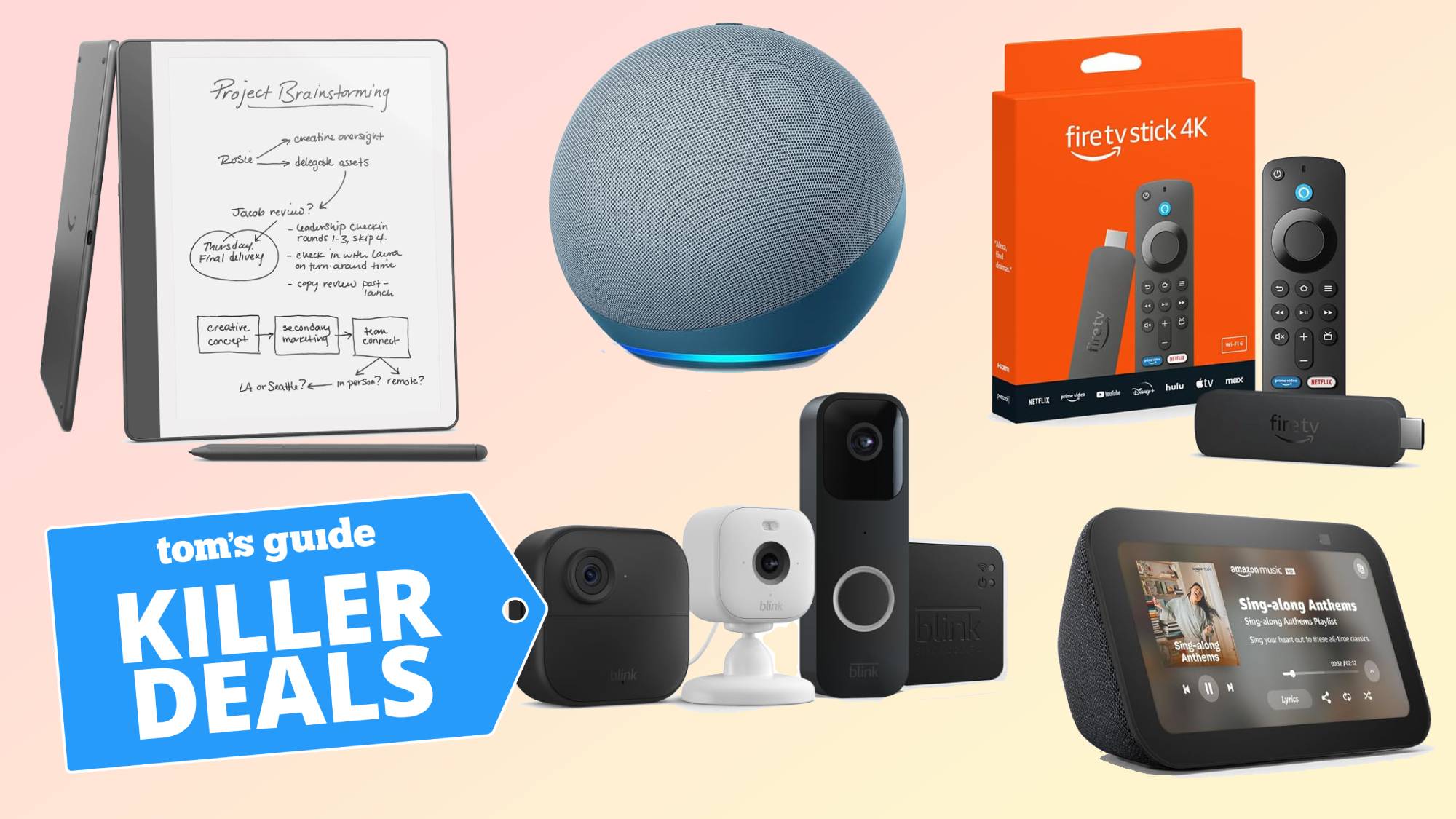Google just changed the rules about which phones can upgrade to Android 15
No more phones with skimpy storage

While the best cheap phones offer great bang for your buck, like the new Google Pixel 9a, other cheap phones are cheap for a reason — and not worth your money.
Fortunately, Google has rolled out a change that should make the cheapest Android phones slightly better (via Android Authority).
Google has raised the minimum requirements for a phone hoping to run Android 15. Now, phones will need to have at least 32GB of storage to run the software — double the amount needed to run Android 14 and Android 13.
This new rule applies to all Android devices, regardless of whether they’re brand new or upgrading to Android 15. If you don’t have at least 32GB of free storage, 75% of which has to be open to system files and apps, then you’re going to be stuck with Android 14.
Android Authority notes that Google can’t stop phone makers from selling phones with 16GB of storage space. But those phones will be restricted to using the open source version of Android (AOSP), which doesn’t have the same licensing restrictions as Google’s prime version.
How much of an impact will this change have?

Google could still restrict access to Google Mobile Services (GMS) if it wishes. Without GMS, phones won’t be able to access Google Play Services, the Play Store or other core Google apps. However, as of the time of writing, those requirements are not actually listed in the GMS licensing rules. So it’s in phone makers’ best interest to fall in line.
In practice, U.S. buyers are going to struggle to find a new Android smartphone that doesn’t have at least 32GB of storage space. Even phones that can be purchased for under $100, like Moto G Play 2024 or Samsung Galaxy A15, come with significantly more than that — 64GB and 128GB respectively.
Sign up to get the BEST of Tom's Guide direct to your inbox.
Get instant access to breaking news, the hottest reviews, great deals and helpful tips.
That said, Android is popular around the world in part because there are so many cheap devices available. The people using the very cheapest of those devices will likely be the prime market for a 16GB phone, and this change means they should have a better overall experience.
That's not just because of the increased storage space, but also so they can take advantage of the best features and upgrades Android 15 has to offer.
If you’re in the market for a super cheap smartphone, I’d recommend getting one with at least 128GB of storage. It’s not that hard to find them, and even the best phones under $300 offer that amount of storage — with some even adding microSD card support for expansion.
Those features include the new Private Space partition for hiding sensitive apps and files, Theft Detection Lock and more security settings that make it harder for thieves to try and break into your phone. Not to mention improvements to low-light photography and enhancements to existing accessibility features.
More from Tom's Guide

Tom is the Tom's Guide's UK Phones Editor, tackling the latest smartphone news and vocally expressing his opinions about upcoming features or changes. It's long way from his days as editor of Gizmodo UK, when pretty much everything was on the table. He’s usually found trying to squeeze another giant Lego set onto the shelf, draining very large cups of coffee, or complaining about how terrible his Smart TV is.
You must confirm your public display name before commenting
Please logout and then login again, you will then be prompted to enter your display name.
